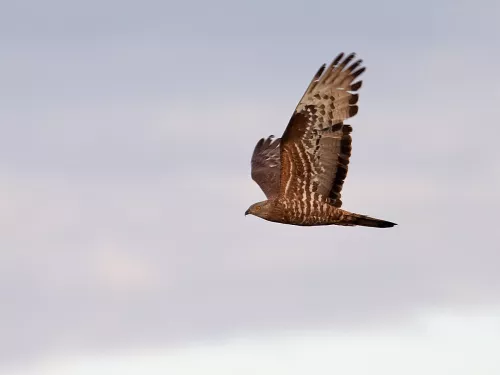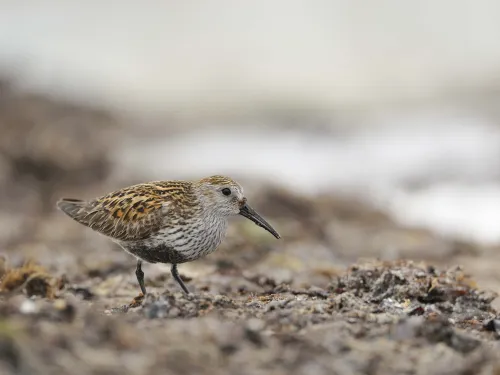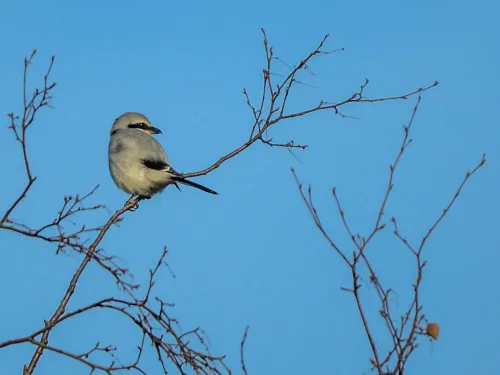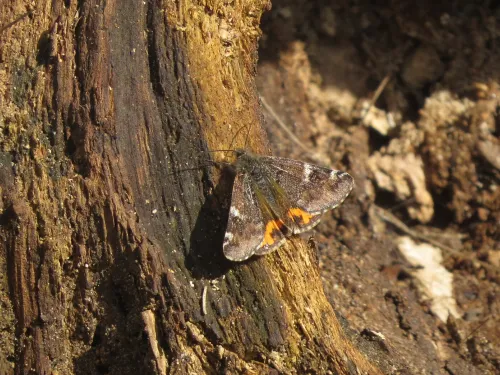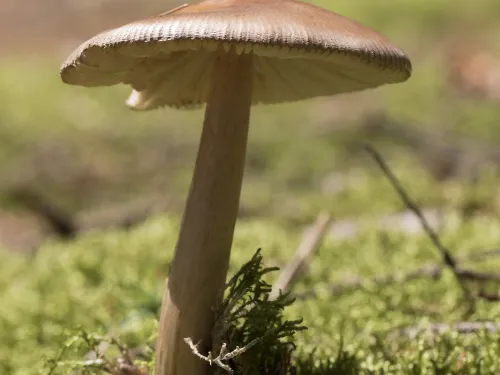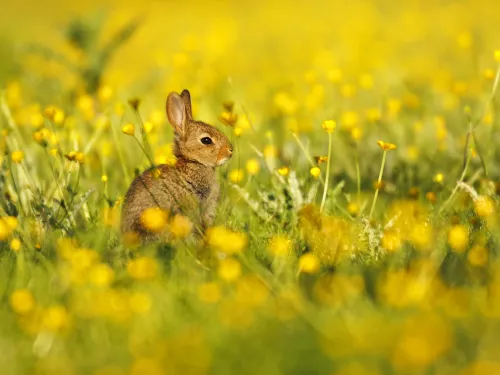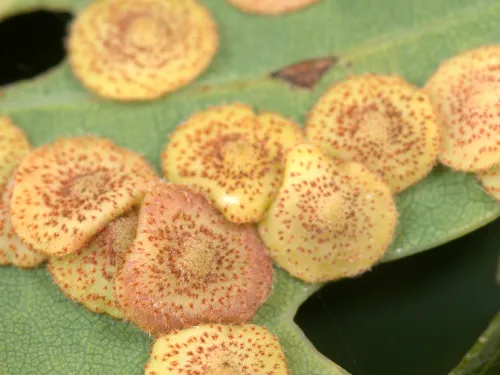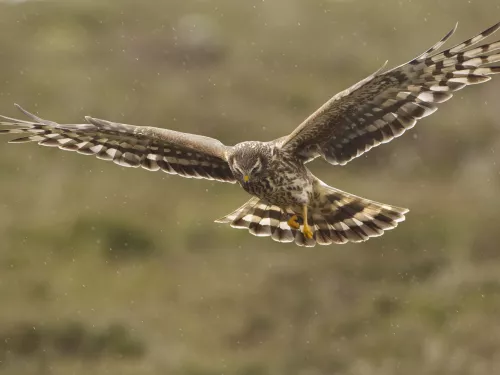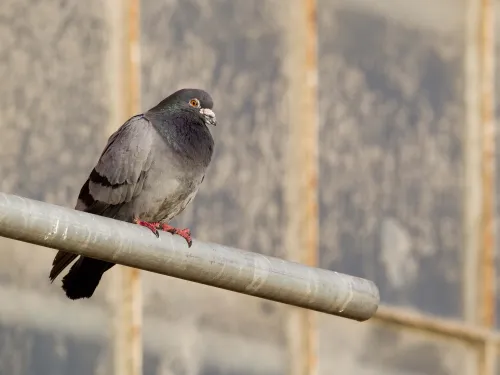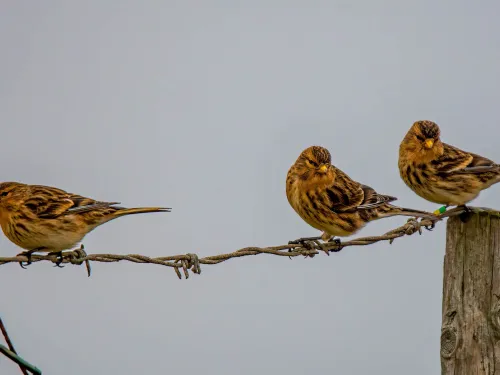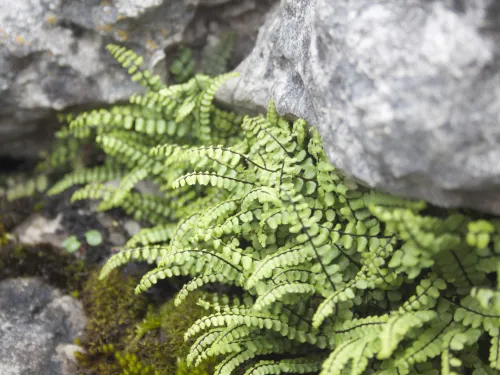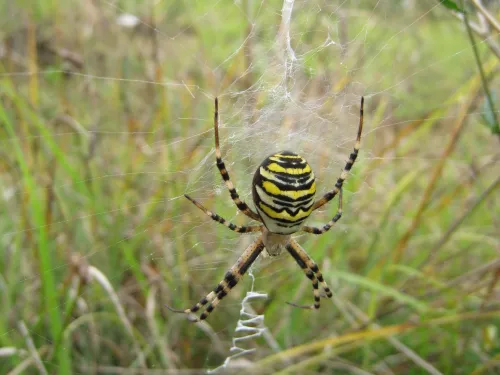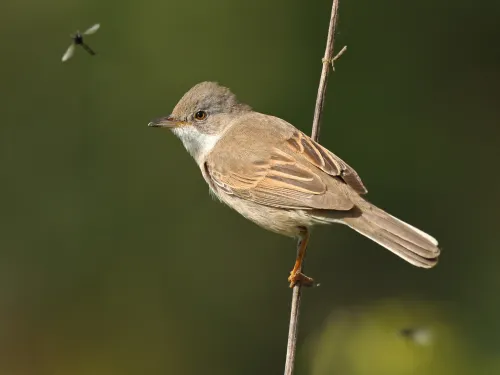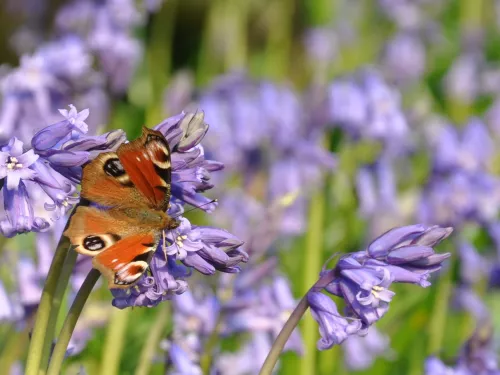The story of heathland
One of our most wild-seeming landscapes, heathland has actually been shaped by human actions. It began at least 5000 years ago, when humans started clearing trees growing on infertile soils, probably to entice game into clearings to make hunting easier. Later they used it to graze livestock. In some areas, layers of charcoal show that the forest was cleared repeatedly by fire for grazing or crops. Most heathlands are thought to date from the Bronze Age some 3000 years ago.
Grazing and tree removal caused the nutrient levels to fall further and the soil acidity to increase. These conditions suited heathland plants, which were previously limited to coasts, cliff tops and mountainsides. If undisturbed, heathland naturally develops back into woodland as trees move back in and gradually enrich the soil. However, heathlands became part of the farming system, providing livestock grazing, heather for thatch, turves for fuel, bracken for bedding and potash, gorse for bread ovens and livestock fodder, and sands and gravels for building. Constant disturbance resulted in a landscape that is now valued for cultural reasons as well as its unique wildlife.
Types of heathland
Heathland is found from sea level to about 1000m. Low soil fertility means heathland is usually characterised by a small number of plant species, normally dominated by heathers. Despite this, there are major differences in heathland depending on climate, altitude, terrain and wetness, as well as the nature of the underlying substrate.
Upland heath is found over shallow peat and mineral soils in the north and west of the UK, as well as in the southern uplands such as Dartmoor and Exmoor. This is often called moorland, a term also given to other upland habitat such as blanket bog. Lowland heath is found below about 300m on more freely draining sands and gravels.
These are “semi-natural” habitats, requiring human intervention to stop them developing into woodland - the only truly natural types of heathland are montane and maritime heath. Montane heath is found at high altitudes (above about 700m), where exposure prevents the development of taller shrubs or trees. Maritime heath is found on cliff tops, particularly on the Atlantic coast, where strong, salty sea winds keep the vegetation short.
The demise of heathland and hope for the future
In the lowlands, the decline in the value of heathland to the local economy led to its fragmentation and conversion to other uses. Around 85% of heathland has been lost over the past 150 years through agricultural development and the planting of conifers. The small, fragmented patches that remained fell out of use and natural succession led to the development of secondary woodland, resulting in the loss of many specialist heathland species.
Since then, conservation programmes have sought to reverse the decline of heathlands through management and restoration. Today heathlands are no longer seen simply as wasteland and are valued for their wildlife and cultural history.
In the uplands, the story was different. Moorlands retained close links with agriculture, but from the mid-18th century onwards sheep-rearing became more common. This led to the over-management of upland heathland that we are still struggling with today. Over time large areas of heathland have turned into impoverished grassland. The introduction of trees was also an issue in the uplands, with financial incentives leading to large area of moorland and blanket bog becoming forests.
In recent decades, conservation efforts have done much to reverse the fortunes of heathland. The loss has been halted and restoration projects have increased the area of heathland. Livestock grazing is once again a common sight on larger heathlands, and focussed management seeks to bring many heathland rarities back from the brink of extinction. However, the challenge of how to restore relationships between heathland and local communities remains.




